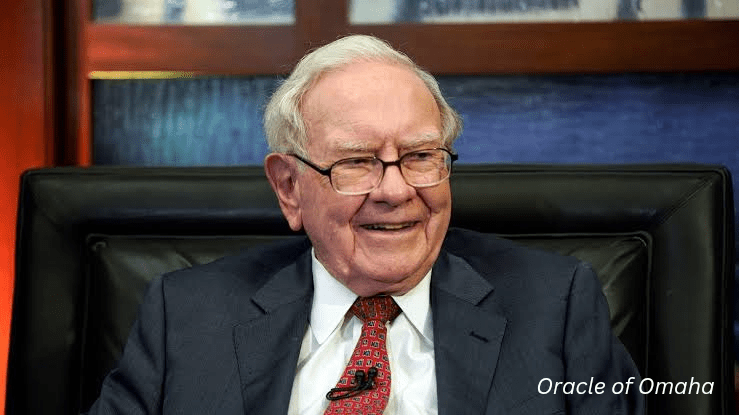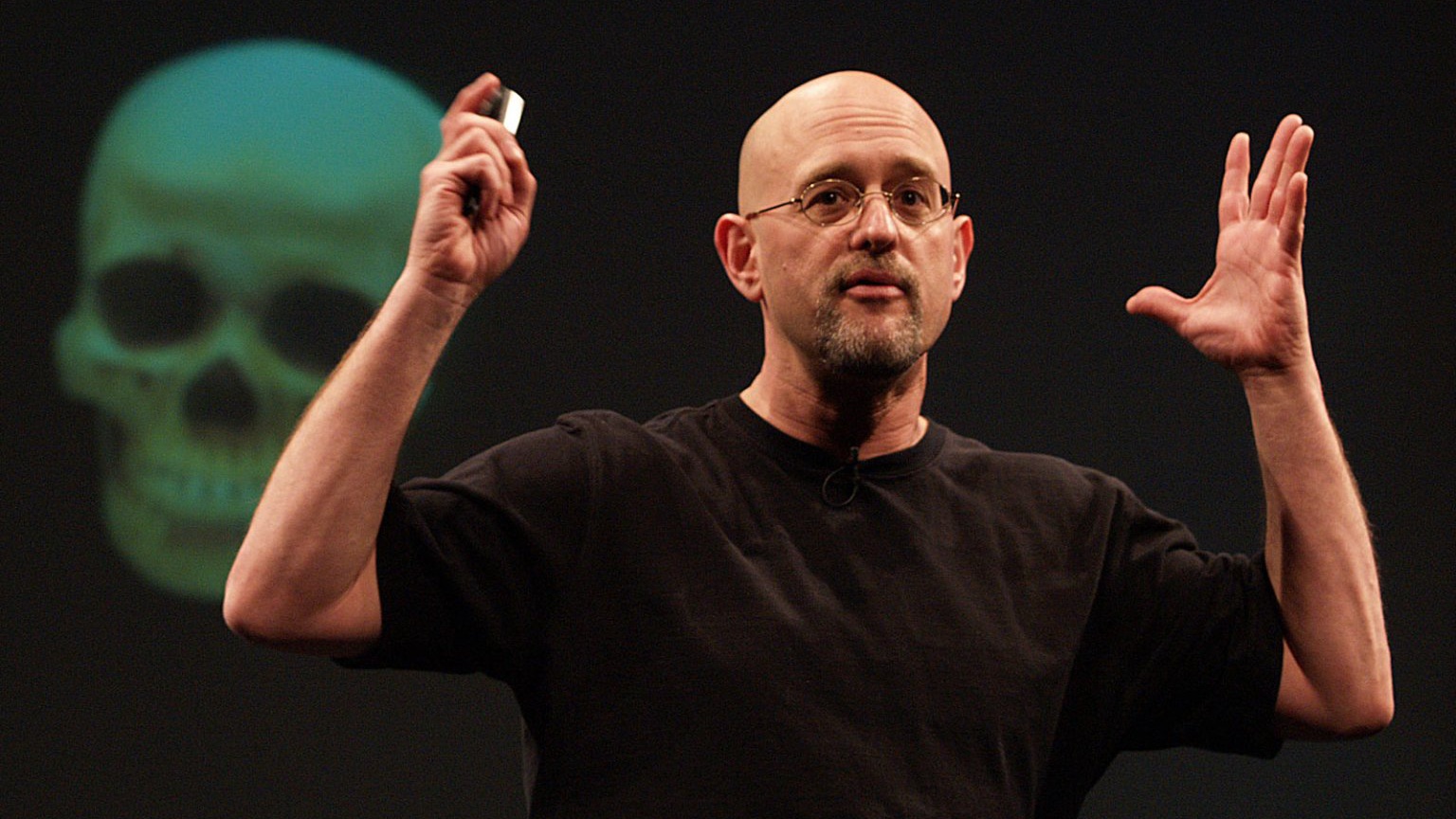Warren Edward Buffett also known as “The Oracle of Omaha”, widely considered as the most successful investor of 20th and early 21th centuries. He is simultaneously known as an American businessman and philanthropist. By defining conventional investment trends,he has built a personal fortune exceeding $100 billion. What makes Buffett’s journey remarkable is not just his immense wealth, but the core principles, unwavering patience, and relentless persistence that turned a young boy selling chewing gum into one of the most successful and respected investors in history.
The Dawn of Financial Brilliance
Warren Edward Buffett, born on August 30, 1930, in Omaha, Nebraska, showed an exceptional talent for numbers and finance from an early age. Unlike most children who played with toys, he was fascinated by business and profits. At just six years old, he bought Coca-Cola packs from his grandfather’s store and resold them for a small profit-an early glimpse of his future as a business mogul.
His entrepreneurial mindset grew stronger during his teenage years. At 11, he made his first stock investment by purchasing three shares of Cities Service Preferred at $38 each. The stock initially dropped to $27 before recovering to $40, at which point he sold it for a slight gain. However, when its value later skyrocketed to $200, Buffett learned a crucial lesson in patience-one that would shape his investment strategy for years to come.
By the age of 14, he had expanded his ventures, earning money through newspaper deliveries, pinball machine rentals, and farmland investments. These efforts helped him amass over $5,000-an impressive sum for the time-demonstrating his ability to turn small opportunities into significant financial gains.
The Journey of an Investment Icon
Warren Buffett began his academic journey at the Wharton School of the University of Pennsylvania before transferring to the University of Nebraska, where he earned a business degree. However, his time at Columbia Business School had the most significant impact on his investment philosophy. Under the guidance of Benjamin Graham, the pioneer of value investing, Buffett learned the strategy of buying undervalued stocks with solid fundamentals-an approach that became the foundation of his success.
After briefly working with Graham, Buffett returned to Omaha and established his own investment partnership in 1956. Starting with $105,000 from family and friends, he implemented Graham’s principles while adding his own perspective-emphasizing strong leadership, competitive advantages, and long-term growth.
His strategy soon proved successful, generating impressive returns. By 1965, he had taken over Berkshire Hathaway, a struggling textile company. Although the textile division eventually failed, Buffett turned Berkshire into a massive conglomerate by acquiring businesses in insurance, utilities, consumer goods, and other industries.
The Mindset Behind the Millions
Warren Buffett’s remarkable success stems from a few fundamental principles that guide his investment strategy:
Identifying Undervalued Assets: Buffett follows the principles of value investing, seeking stocks that trade below their intrinsic worth. He often emphasizes that while price is what investors pay, real value lies in what they receive.
Prioritizing Long-Term Gains: Instead of focusing on short-term market fluctuations, he invests with patience, often holding onto stocks for decades to maximize returns.
Focusing on Strong Businesses: Buffett evaluates investments based on the strength of the business rather than just stock trends. He looks for companies with solid financials, capable leadership, and a sustainable competitive advantage.
Embracing a Simple and Modest Lifestyle: Despite his immense wealth, Buffett remains frugal, residing in the same Omaha house he purchased in 1958. He believes in practical spending and avoiding unnecessary extravagance.
Upholding Ethics and Transparency: Integrity is at the core of Buffett’s approach, both in his investments and personal life. He values honest leadership and businesses that operate with ethical standards.
Turning Cents into Billions: Buffett’s Biggest Investments
Warren Buffett’s investment choices have transformed companies into financial giants and generated massive profits for Berkshire Hathaway. Some of his most significant investments include:
- Coca-Cola (KO): Buffett bought shares in Coca-Cola in 1988, and it remains a major part of his portfolio, highlighting his trust in well-established brands.
- Apple (AAPL): Despite his initial reluctance toward tech stocks, Apple has become one of Berkshire Hathaway’s most lucrative investments.
- American Express, Geico, and See’s Candies: These investments showcase Buffett’s focus on businesses with a strong customer base and long-term growth potential.
A Legacy Beyond Wealth
Warren Buffett is renowned not only for his financial success but also for his remarkable philanthropic contributions. In 2006, he committed to donating the majority of his wealth to charitable causes, with a significant portion going to the Bill & Melinda Gates Foundation. He also co-founded The Giving Pledge, an initiative urging billionaires to donate at least half of their fortune to philanthropy.
Buffett’s humility and financial wisdom continue to inspire investors, business leaders, and finance enthusiasts worldwide. His annual letters to Berkshire Hathaway shareholders are widely regarded as essential reading for those seeking insights into the art of investing.
Warren Buffett’s rise from selling chewing gum to becoming a billionaire showcases the power of patience, discipline, and a strong grasp of value investing. His wealth wasn’t built in a day; rather, he cultivated it over decades by staying true to his principles. His journey serves as a compelling reminder that true success isn’t just about earning money—it’s about making wise, ethical, and long-term choices.
Writer
Halima Bristy
Intern,Content Writing Department
bysdo.org













